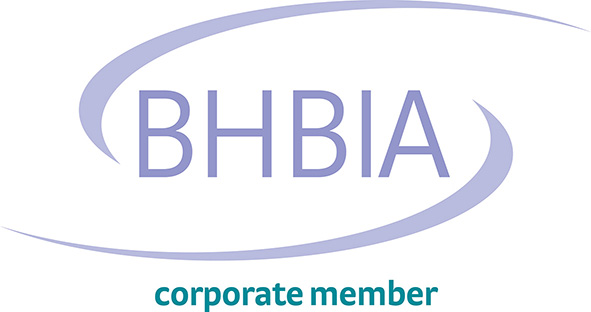Why Choose Us?

Some Of Our Services
Oman Market Research
Oman Market Research – Oman, a country located on the southeastern coast of the Arabian Peninsula where the Persian Gulf meets the Arabian Sea. Much of the interior lies within the sandy, woody, and arid lands of the Arabian Peninsula known as Rubʿ al-Khali. The region is still under the auspices of Bedouin nomads, although today it also falls through oil and gas pipelines.
In contrast to the bright interior, coastal regions are very hospitable. The northern coast of Oman lies between the sea and the mountains inland. This green, fertile region is known for its grapes and other products, such as the southern Dhofar region. The capital, Muscat, lies on the north coast. Combining modern and traditional architecture, the city orders a view of the Gulf of Oman and serves as a port and commercial center.
Omani craftsmen are known for their woodworking, knitting, and silver making and for making gold, and for making swords and swords. Their handicrafts are among the many that can be found in the souk, or market, of Muscat, a thriving cultural center. The Department of National Heritage and Culture is charged with preserving historic buildings, excavating archeological sites, and sponsoring handicrafts such as weaving and making silver and gold jewelry. It also develops Omani literature and prints an encyclopedia of Omani treasures. The annual Muscat International Book Fair promotes literature from all over the Arabic-speaking world. Traditional art in Oman is based on its long history of material culture. The 20th century saw the dawning of a new era of art in Oman, which included ancient handicrafts that included tribal handicrafts and sculpture from the 1960s.
Omani cuisine is unique and influenced by many cultures. Omanis tend to eat their daily meal during the day, while dinner is light. During Ramadan, dinner is served after Taraweeh prayers, sometimes until 11 p.m. However, these meal times vary from family to family; for example, some families may choose to eat a meal immediately after the Maghrib prayers and have dessert after Taraweeh. Asia, a festive meal made during the celebration, consists of crushed rice and meat (sometimes chicken). Another popular festive dish, shuwa, consists of very lightly cooked meat (sometimes up to 2 days) in an underground clay oven. The meat is extremely tender and seasoned with herbs before cooking to give it a very different flavor. Fish is often used in large bowls as well, and kingfish are a popular ingredient. Mashuai is a dish with spicy kingfish cooked with lemon rice.
Oman is a country of rural, agriculture, and the commercial fishing and export trade is important for coastal people. Commercial oil was discovered in Oman in 1964 and first shipped in 1967. After that, the production and export of petrol came to the forefront of the country’s economy. Oil revenues represent about two-fifths of gross domestic product (GDP) and about three-quarters of government revenue.
Oman’s social and economic structure is described as a middle-class social situation. Oman’s top 10 percent of Oman’s companies employ about 80 percent of Oman’s citizens in the private sector. Part of the operations of private companies is classified as primary. One-third of Omanis employed are in the private sector, with the rest remaining in state-owned enterprises. The central structure produces an economy similar to the autonomous economy, which prevents having a healthy competitive environment between businesses.
In the industrial, innovative, and infrastructure sectors, Oman still faces “significant challenges”, according to the United Nations Sustainable Development Goals index, from 2019. Oman received the highest marks on internet usage rates, mobile broadband subscriptions, product performance, and at the top 3 university rates. Meanwhile, Oman scored low on scientific and technological publications and on the use of research and development. Oman’s gross domestic product (GDP) growth rate in 2016 was 8.4 percent, which is lower than the Arab world average (9.8 percent) and the global average (15.6 percent). In terms of research and development expenditure on GDP, Oman’s share was 0.20 percent between 2011 and 2015, and the global average at the same time was 2.11 percent. Most of Oman’s companies operate in the oil and gas, construction, and trade sectors.
Oman’s fishing industry contributed 0.78 percent to GDP in 2016. Fish exports between 2000 and 2016 grew from US $ 144 million to US $ 172 million (+ 19.4%). The largest importer of Omani fish in 2016 was Vietnam, which imported about $ 80 million (46.5 percent) in value, and the second-largest exporter was the United Arab Emirates, which imported about $ 26 million (15 percent).
Oman Market Research – 1+1 Research ( 1Plus1 Research ) is one of the top market research company in Oman providing quantitative and qualitative research services. We are committed to providing high-quality data collection, opinion mining, and sentiment analysis to companies worldwide. Our Oman Market Research team can recruit difficult to reach audiences from different geographies, cultures, and business sectors to get insights required at different stages of product development and product life cycle.



